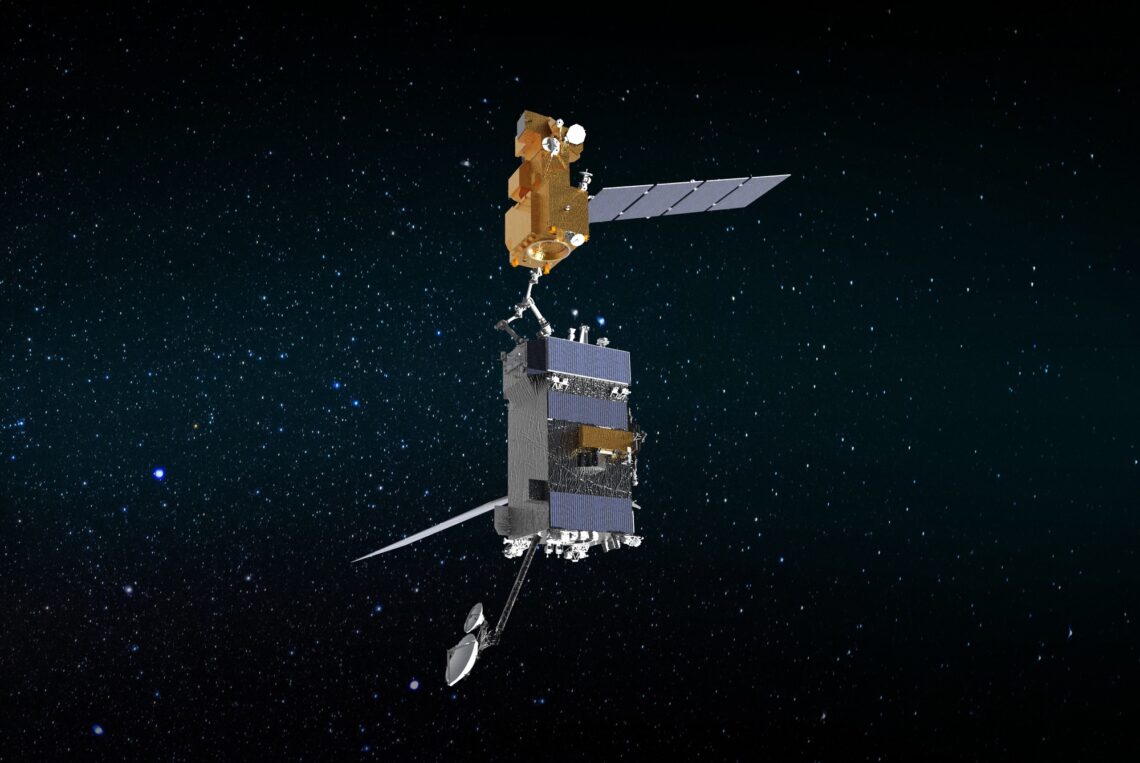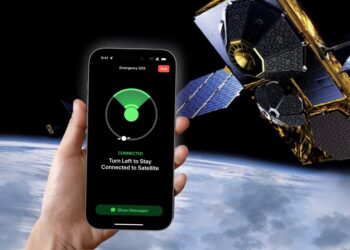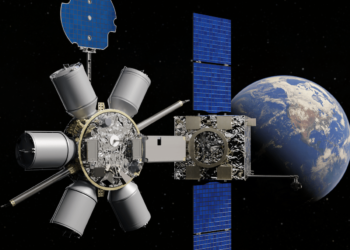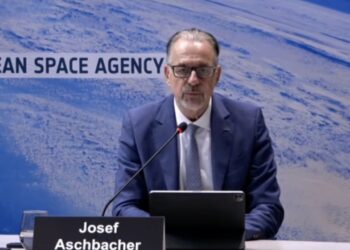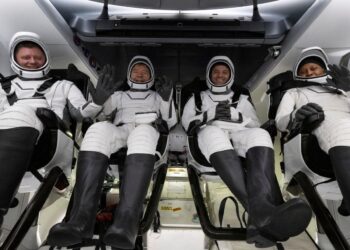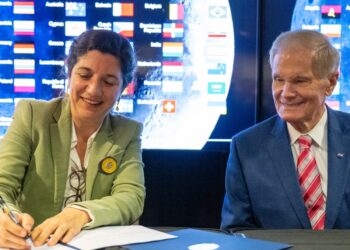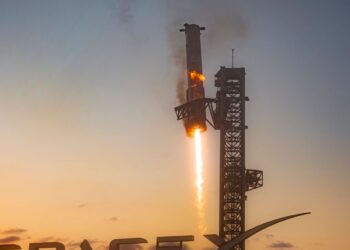WASHINGTON — NASA has canceled a multibillion-dollar project to demonstrate satellite servicing technologies that had suffered extensive delays and cost overruns.
In a brief statement March 1, NASA announced it was ending the On-Orbit Servicing, Assembly and Manufacturing (OSAM) 1 mission. OSAM-1 was being developed to refuel the Landsat 7 spacecraft and then perform the in-orbit assembly of a Ka-band satellite antenna.
NASA said it was canceling OSAM-1 “due to continued technical, cost, and schedule challenges, and a broader community evolution away from refueling unprepared spacecraft, which has led to a lack of a committed partner.”
The agency said that, after formal congressional notifications of its decision, it would start the process for an orderly shutdown, which would include transferring hardware and “pursuing potential partnerships or alternative hardware uses.”
NASA said it would also review how to mitigate the impact of the cancellation on the workforce at the Goddard Space Flight Center, which was leading OSAM-1. NASA spokesperson Jimi Russell said there are approximately 450 NASA employees and contractors working on OSAM-1, and that NASA “is committed to supporting project workforce per plan through fiscal year 2024.”
OSAM-1 started about a decade ago as Restore-L, with the goal of launching as soon as 2020 to refuel Landsat 7. The mission was renamed OSAM-1 in 2020 with the addition of payloads to perform in-space assembly and manufacturing activities.
The mission, though, suffered significant cost overruns and delays. As of April 2022, the mission’s total cost, once projected to be between $626 million and $753 million, had grown to $2.05 billion and its launch delayed to December 2026. NASA’s Office of Inspector General (OIG), in an October 2023 report, concluded the project would likely suffer additional overruns, with an estimated cost at completion as high as $2.17 billion and a launch of between…
Read the full article here

